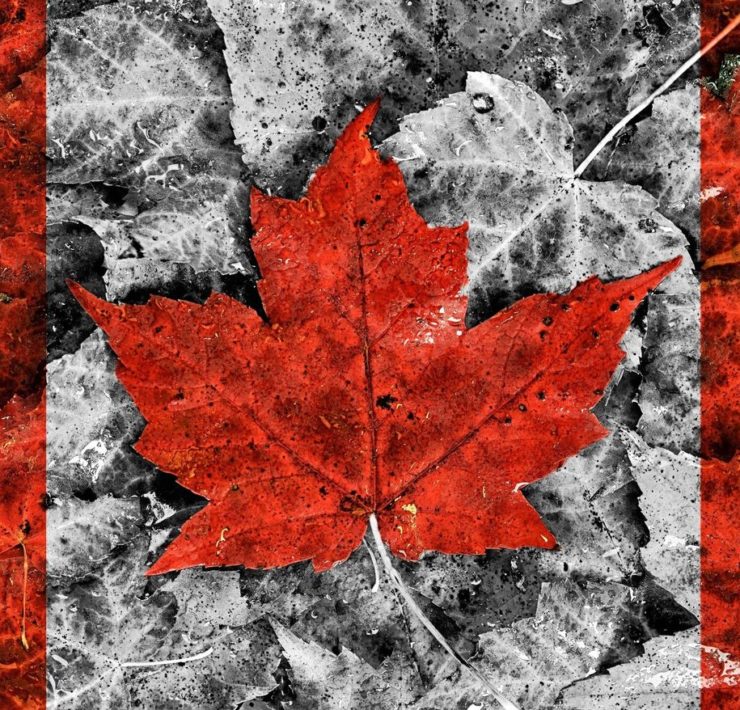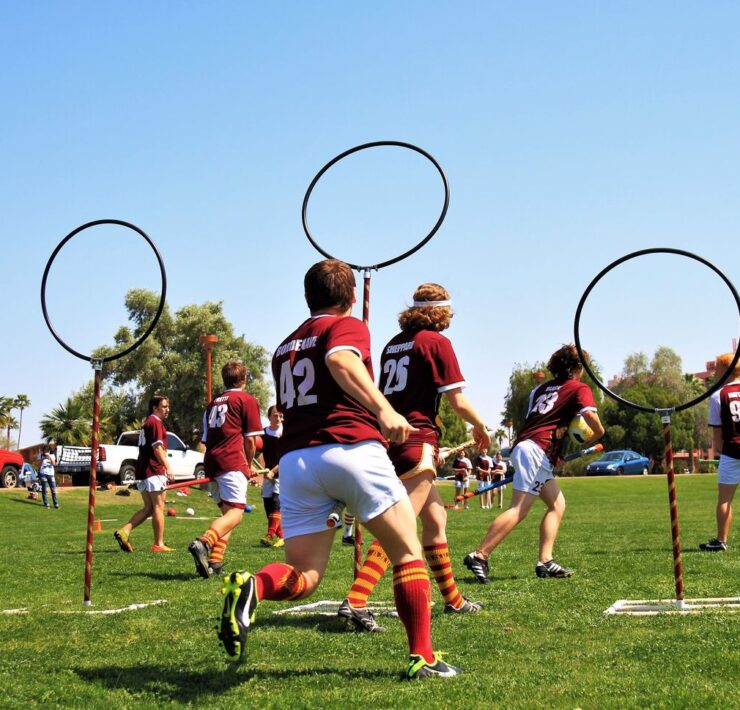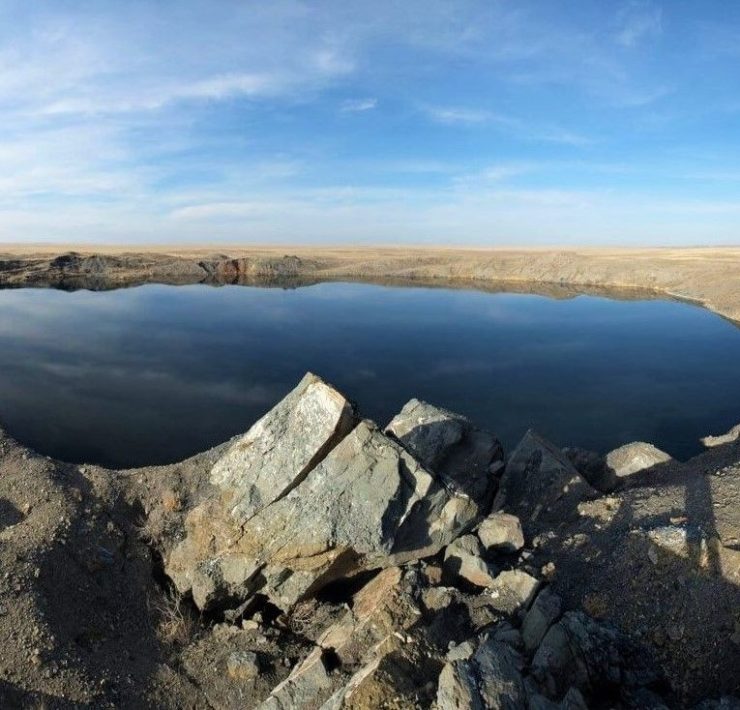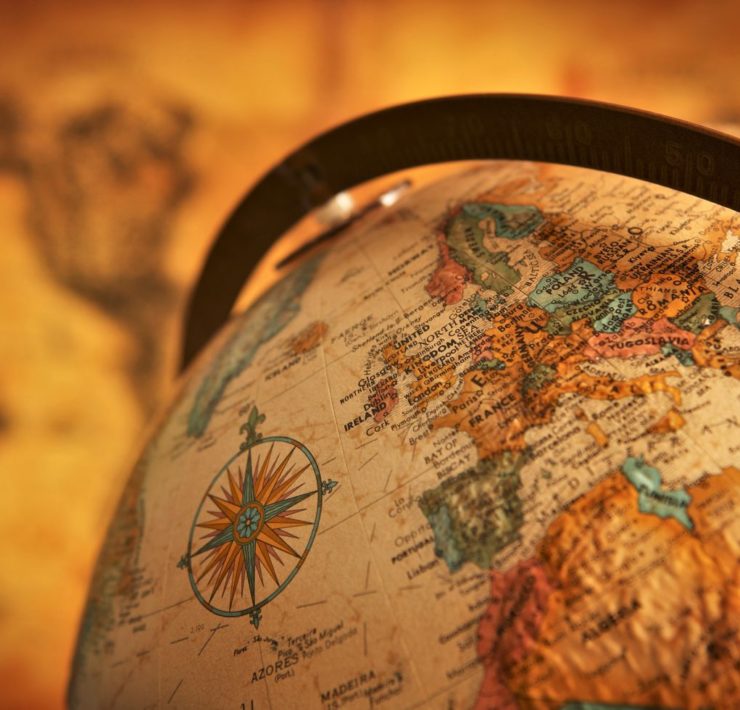Different Types of Toilets You’ll See Around The World
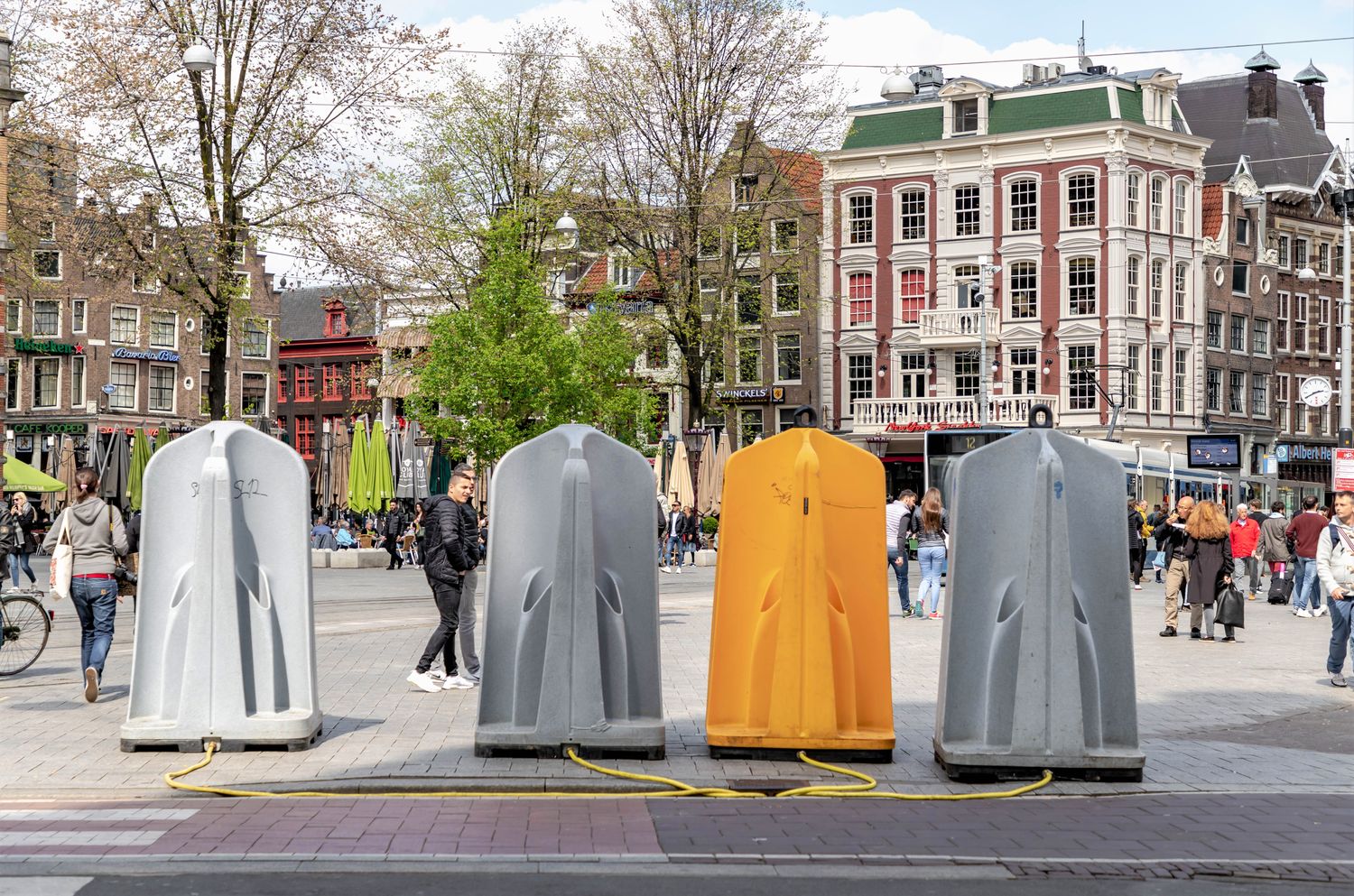
The world doesn’t revolve around a single type of toilet. So if you’re gonna travel to another country, don’t get exaggeratedly shocked once you saw an uncomfortable-looking place for your bum.
It’s just what it is and prepare yourself to have a unique cultural experience. Love it or hate it, here are some of the toilets you’d see in your travels around the world:
Okay, The world here is the first and for sure the most popular toilet of them all.
A toilet with a seat and a cover, and don’t forget about that tissue roll beside it for wiping.
Here’s a German toilet, also known as a washout toilet.
It’s known for its shelf or platform where “everything” lands for inspection before flushing (if you only want to). These toilets are also popular in Austria, Denmark, and the Netherlands.
In Tibet, simplicity is the key.
No tiles, no walls. Make sure you can do that squat and have your wipes ready.
Two toilets? A mini-sink?
Nope, that’s a bidet (the uncovered porcelain) and you use it to wash your “down under”. You can even wash your foot or shave your legs in here. Bidets are used in European countries like Italy, Spain, and France and also in Latin American countries like Argentina and Brazil.
Heading to Japan?
Expect yourself to squat in these toilets and remember that you should face the wall where the tissue is.
From traditional, Japan also has its modern electronic toilet.
You can now sit comfortably on this machine and let it do the washing. Be careful because you might press the “self-destruct” button. Just kidding. Just try not to spray water on your face from its bidet.
This is the scenario for most of the countries in Asia.
Step in the proper places, squat, give it a go, and when you’re done there’s a bucket and faucet for bum washing. Yes, you should squat or else you’d make a terrible mess.
But don’t worry, Asia knows how to handle travelers’ problems like these.
You can find public restrooms where you can choose whether to sit or squat.
India gives you another reason to practice your squats.
In India, you call this a desi toilet. No tissue rolls, just a pail, and a dipper. Fill one up right away and place it somewhere reachable from your squatting spot.
2-in-1 for all sorts of visitors. This toilet in Thailand truly adapts to your needs.
A squat toilet in Malaysia.
See that garden hose? You actually use that for washing.
In Cambodia’s poor areas…
you return what nature has given to you – straight to the river.
In Asia and Latin America, toilet signs like these are all normal.
Throwing tissue or napkins in the toilet might cause flushing problems so better throw it in the trash bin right beside you.
And the reason why tissue rolls aren’t popular in Asia is that of the bum gun.
Just aim it right and shoot with control. Some guns got too much spraying power in them, so test the gun first to know how you’d control it or else, you’ll rip yourself apart (you know what it means).
Traveling makes you meet new friends and in Russia (Sochi), friendships happen in the toilet.
Meanwhile in Amsterdam…
you can even talk to your friend while you pee in public.
In China, doors aren’t a problem.
Just squat, look down and mind your own business. The one going to the next cubicle does have his own business to mind anyway.
You can even squat next to each other – no dividers, no care, just high five.
Kenya has flying toilets.
If you thought they throw toilets up in the air, no that’s not how it goes. Flying toilets are defecated plastic bags hurled wherever they please. The photo pretty sums up how a flying toilet looks like, almost.
Did these pictures make you more excited or more terrified? Remember that one picture doesn’t represent the whole country’s toilets and there could be more toilets out there that are more horrifying, more complicated, cleaner, and filthier.
Do you know any other countries or places with unique toilets? Share it with us through our Facebook or Twitter page.
Inka worked as an international attorney for many years before turning travel and lifestyle writer. She has contributed to BBC/Travel and writes for several inflight magazines and is a tripsavvy contributor for Spain and Portugal. She currently lives in Spain's Costa Blanca.


